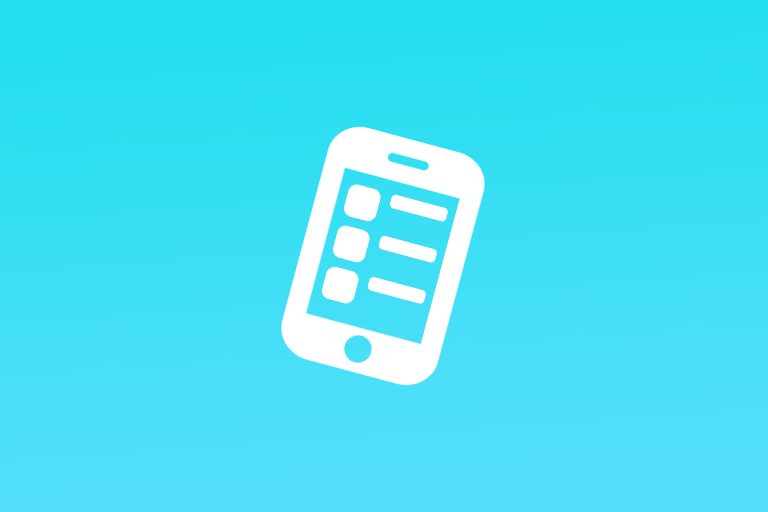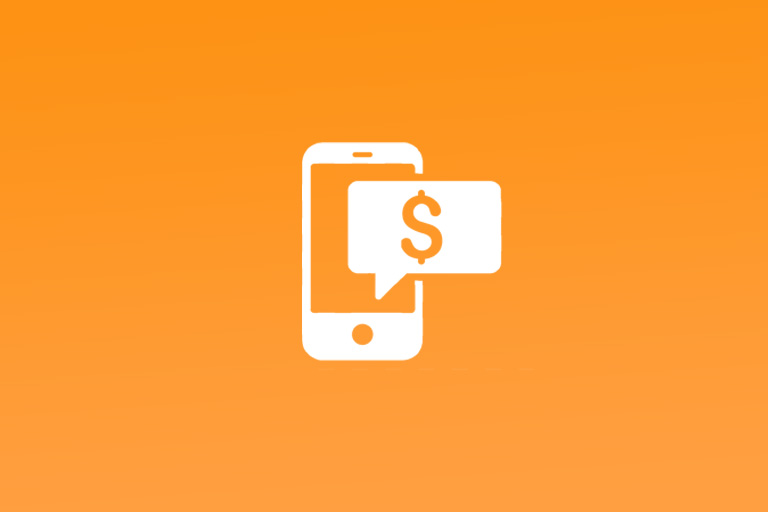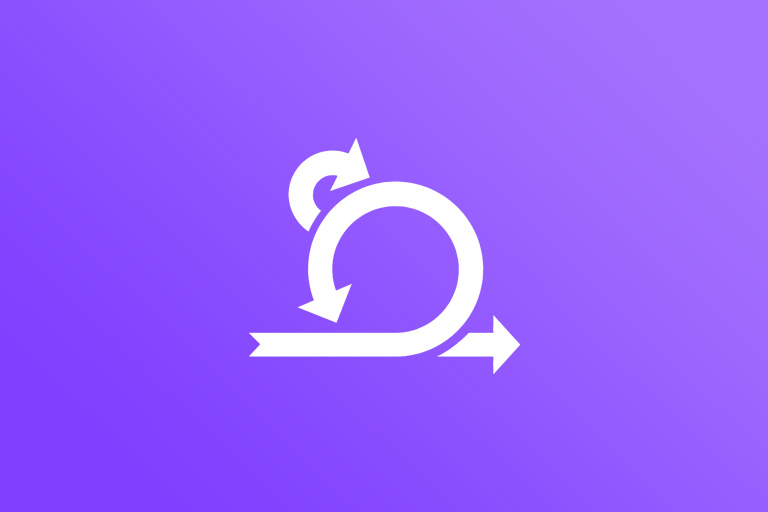In the competitive app development world, choosing the right monetization strategy can make or break your product. Two of the most popular models are the Freemium and Paid approaches. Each comes with unique advantages and challenges, and the best choice depends on various factors including your app’s target audience, functionality, and overall market strategy. In this article, we’ll explore these two models in depth to help you make an informed decision.
Understanding Freemium and Paid Models
Before diving into the pros and cons of each strategy, it’s essential to understand what they entail.
What Is The Freemium Model?
The freemium model offers the app for free but with limited features. Users can access basic functionalities at no cost but need to pay for premium features, advanced tools, or ad-free experiences. This model is popular among developers because it allows for a large user base, which can be gradually converted into paying customers.
Continue reading: What Is Freemium?
What Is The Paid Model?
The paid model requires users to purchase the app upfront. This approach often means the app offers full functionality without additional costs or in-app purchases. While this can lead to immediate revenue, it may limit the user base as potential customers might hesitate to pay without trying the app first.
Continue reading: What Is Paid App?
Advantages and Challenges of Freemium Models
Advantages:
- Wider Reach: Since the app is free to download, more users are likely to try it. This can lead to a larger user base and increased visibility. For example, Spotify offers a free version with ads and limited features, attracting millions of users who can later choose to upgrade to the premium version for an ad-free experience and additional features.
- User Feedback: A broader user base provides more feedback, helping developers improve the app based on real-world usage. Some app developer uses feedback from their free users to continuously refine their premium offerings.
- Gradual Revenue: Users can be converted into paying customers over time as they find value in the app’s premium features. For example, LinkedIn offers a free version with basic networking features and premium tiers that provide advanced tools for job seekers and recruiters.
- Advertising Revenue: With a large user base, advertising within the app can become a significant revenue stream. For example, the free version of the mobile game generates substantial revenue through in-game ads.
Challenges:
- Monetization Complexity: Balancing the free and premium features can be challenging. Too many free features can reduce the incentive to upgrade, while too few can frustrate users. The transition from a free to a paid service for advanced features required careful feature balancing to ensure user satisfaction.
- High User Acquisition Costs: While the app is free, attracting and retaining users can still be expensive due to marketing and support costs. For example, Duolingo spends significantly on marketing to attract users to its free language learning platform, hoping to convert some into paying subscribers.
- Retention Issues: Users who download the app for free might not stick around if the value proposition isn’t clear or compelling enough. For example, many users download free fitness apps but abandon them quickly if the app doesn’t engage them effectively.
Advantages and Challenges of Paid Models
Advantages:
- Immediate Revenue: Users pay upfront, providing an immediate return on investment. For example, Minecraft, a paid app, has generated substantial revenue through its upfront purchase model.
- High-Quality User Base: Those who pay for the app are likely more invested and engaged, leading to better user retention. Some paid apps enjoy high engagement and positive reviews from paying users.
- Simplicity: With a straightforward payment model, there’s no need to balance free versus premium features, simplifying development and marketing efforts. For example, a premium photo editing app focuses on offering a high-quality experience without in-app purchases, appealing to users who prefer a one-time payment.
Challenges:
- Limited Reach: The upfront cost can deter potential users, especially if they are unsure of the app’s value. For example, Paid productivity apps can struggle to compete with free alternatives unless they offer significantly superior features.
- Higher Conversion Barrier: Convincing users to pay before they experience the app’s benefits requires strong marketing and brand trust. For example, Day One, a journaling app, relies on strong word-of-mouth and positive reviews to encourage purchases.
- Potential for Lower Revenue: Without in-app purchases or ads, revenue opportunities are limited to the initial purchase. For example, Paid navigation apps must justify their cost upfront to compete with free alternatives like Google Maps.
Choosing the Right Model for Your App
When deciding between freemium and paid models, consider the following factors:
- Target Audience: Understand your audience’s willingness to pay. Are they likely to spend on in-app purchases, or do they prefer a one-time fee?
- App Type and Value Proposition: What does your app offer? If it provides ongoing value (e.g., productivity tools, games), a freemium model might be better. For niche, high-value apps (e.g., specialized professional tools), a paid model could be more appropriate.
- Market Competition: Analyze your competitors. If most apps in your category are free, a paid model might struggle.
- User Experience: Ensure that your chosen model aligns with a seamless and positive user experience. Too many ads in a freemium model or too high an upfront cost in a paid model can detract from user satisfaction.
How to Convert Freemium Users to Paid
Converting freemium users to paying customers is a crucial step in maximizing the revenue potential of your app. Here are several strategies to successfully convert freemium users to paid subscribers:
1. Highlight the Value of Premium Features
Showcase the Benefits
Communicate the benefits and unique features of the premium version. Use in-app messages, email campaigns, and social media to highlight these advantages. For example, Dropbox frequently reminds users of the increased storage and additional features available with a paid plan through emails and in-app notifications.
Use In-App Prompts
Strategically place prompts within the app that showcase premium features. These prompts should appear at moments when the user might naturally want to use a premium feature. For example, Evernote prompts free users to upgrade when they attempt to use advanced features like offline access or large file uploads.
2. Offer Limited-Time Discounts and Promotions
Special Offers
Provide limited-time discounts or special promotions to encourage users to upgrade. Time-sensitive offers can create a sense of urgency. For example, Spotify often offers discounted rates for the first three months of premium service, enticing free users to leap.
Bundle Offers
Create bundles or packages that offer additional value at a reduced price. This can be particularly effective for apps with multiple premium tiers. For example, Adobe offers a Creative Cloud bundle that provides access to multiple apps at a discounted rate compared to individual subscriptions.
3. Implement a Free Trial Period
Risk-Free Trials
Allow users to experience the full range of premium features for a limited time without any upfront payment. This can help them realize the value and make an informed decision to subscribe. For example, Netflix offers a 30-day free trial to new users, showcasing the extensive content library and premium streaming quality.
4. Enhance User Experience for Paid Users
Premium Support
Offer enhanced customer support or exclusive access to help resources for premium users. This added value can make the premium subscription more attractive. For example, LinkedIn Premium includes access to detailed insights and the ability to contact customer support directly.
Exclusive Content
Provide access to exclusive content, features, or tools that are not available to free users. This can create a compelling reason to upgrade. For example, Medium offers premium subscribers access to exclusive articles and a better reading experience without ads.
5. Personalize the Upgrade Process
User-Specific Offers
Tailor upgrade offers based on user behavior and preferences. Personalization can significantly increase the likelihood of conversion. For example, Spotify uses listening habits to suggest premium features that would enhance the user’s music experience, such as offline listening or higher audio quality.
Segmentation
Segment your user base and target different groups with specific messages that resonate with their usage patterns and needs. For example, Fitness apps like Strava offer personalized training plans and advanced metrics analysis to users who engage regularly with their basic tracking features.
6. Utilize Social Proof and Testimonials
Showcase Success Stories
Highlight testimonials, reviews, and success stories from satisfied premium users. Social proof can be a powerful motivator for others to upgrade. For example, Productivity apps like Trello share case studies and testimonials from successful businesses and teams that use their premium features.
Ratings and Reviews
Encourage your current premium users to leave positive reviews and ratings. High ratings and positive feedback can influence free users to consider upgrading. For example, many apps prompt users to rate and review the app after a positive interaction or accomplishment within the app.
7. Continuous Engagement and Education
Regular Updates
Keep your app updated with new features and improvements. Communicate these updates to users to keep them engaged and aware of the ongoing value being added. For example, Slack regularly updates its app with new integrations and features, informing users through in-app announcements and emails.
Educational Content
Provide tutorials, webinars, and guides that show users how to get the most out of your app, particularly the premium features. For example, HubSpot offers extensive resources and training sessions to help users maximize the potential of its premium tools.
Conclusion
Choosing the right monetization strategy is crucial for the success of your app. The freemium model offers the potential for a broad user base and diverse revenue streams but requires careful balancing of free and premium features. The paid model ensures immediate revenue and a dedicated user base but may limit your app’s reach. Ultimately, the best choice depends on your app’s unique characteristics and your understanding of the market and target audience. By carefully weighing the advantages and challenges of each model, you can set your app on the path to success.
Get Professional App Marketing Service With FoxData
Ready to make your app shine? Optimize your app's visibility and rankings with FoxData by leveraging our powerful insights today! Enhance your digital presence with FoxAdvert, our expert digital marketing agency! Partner with our expert team for targeted advertising strategies that drive results. Let's get started!







